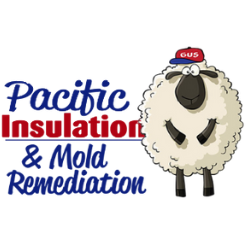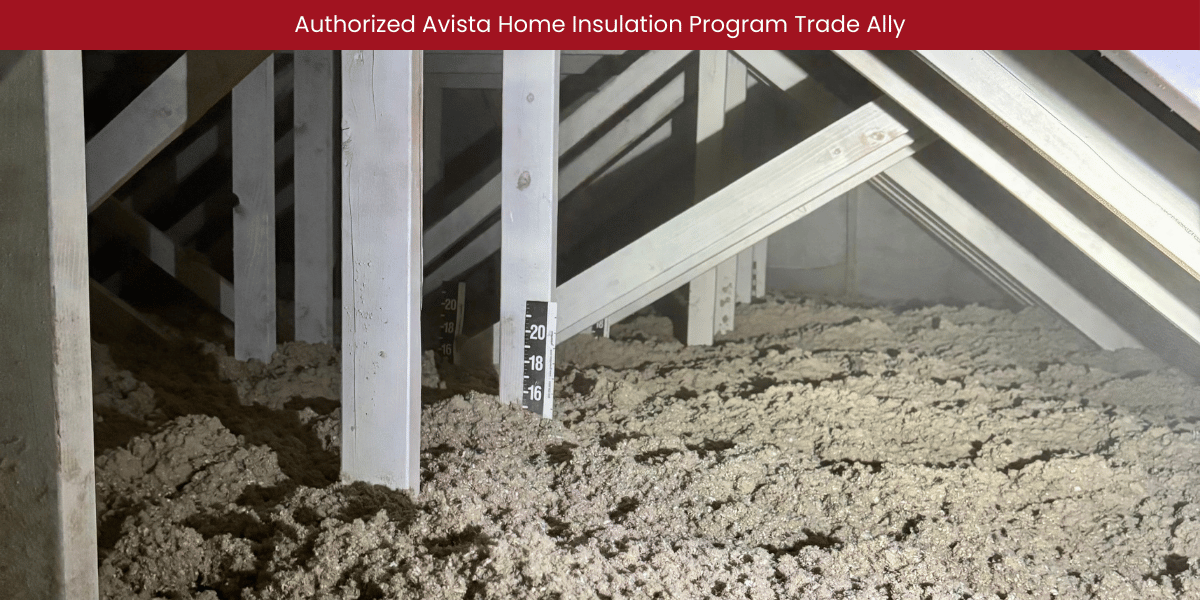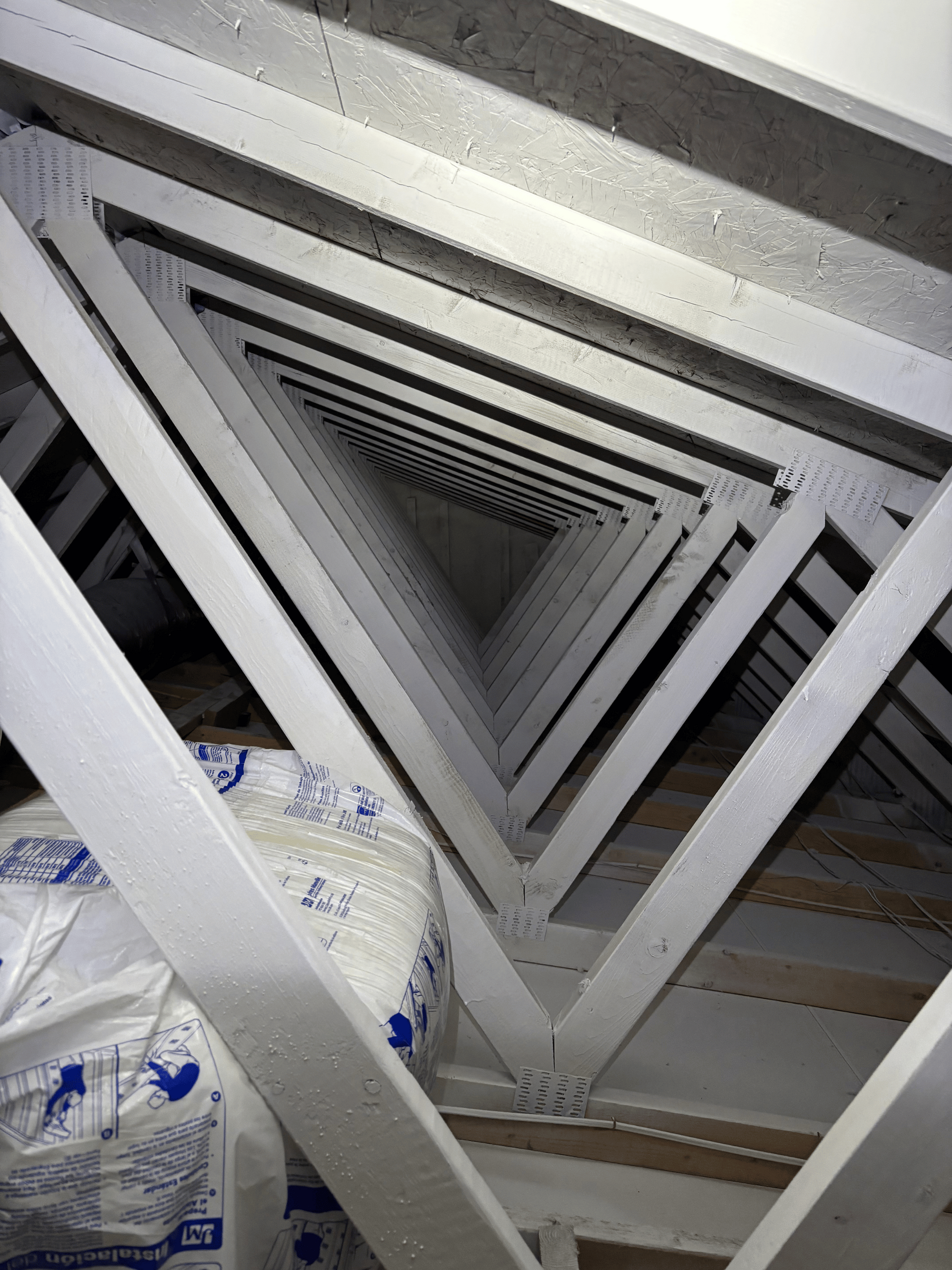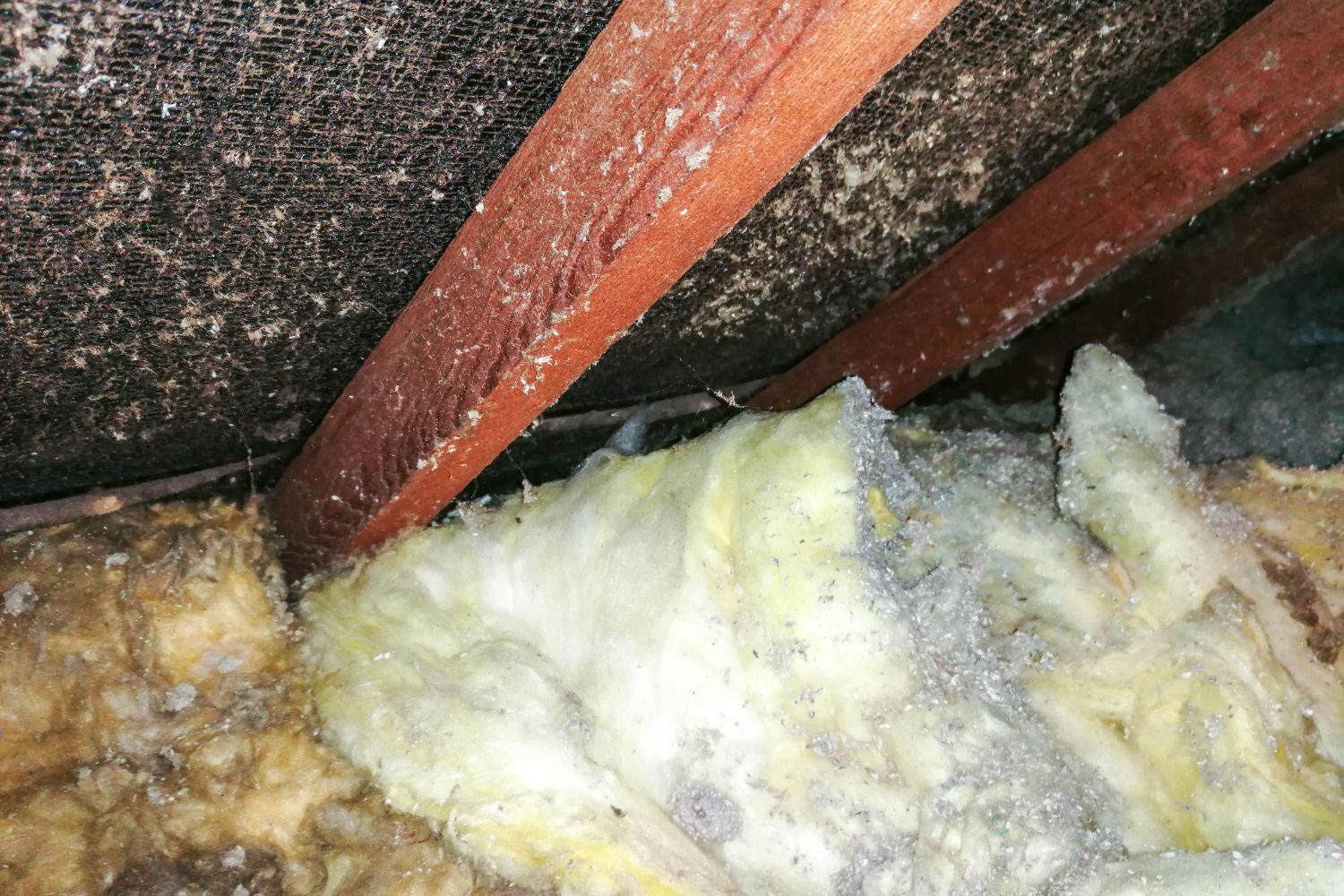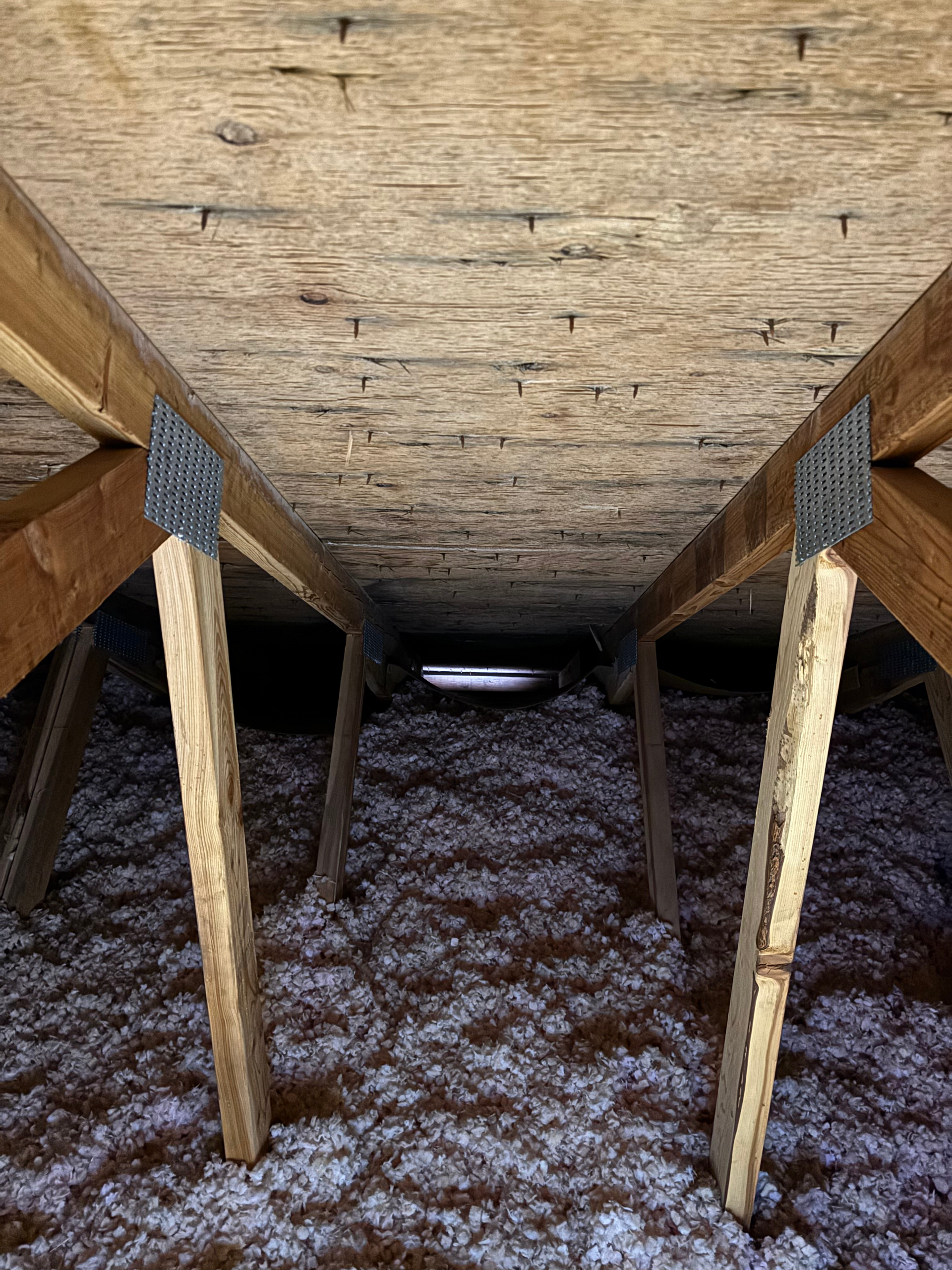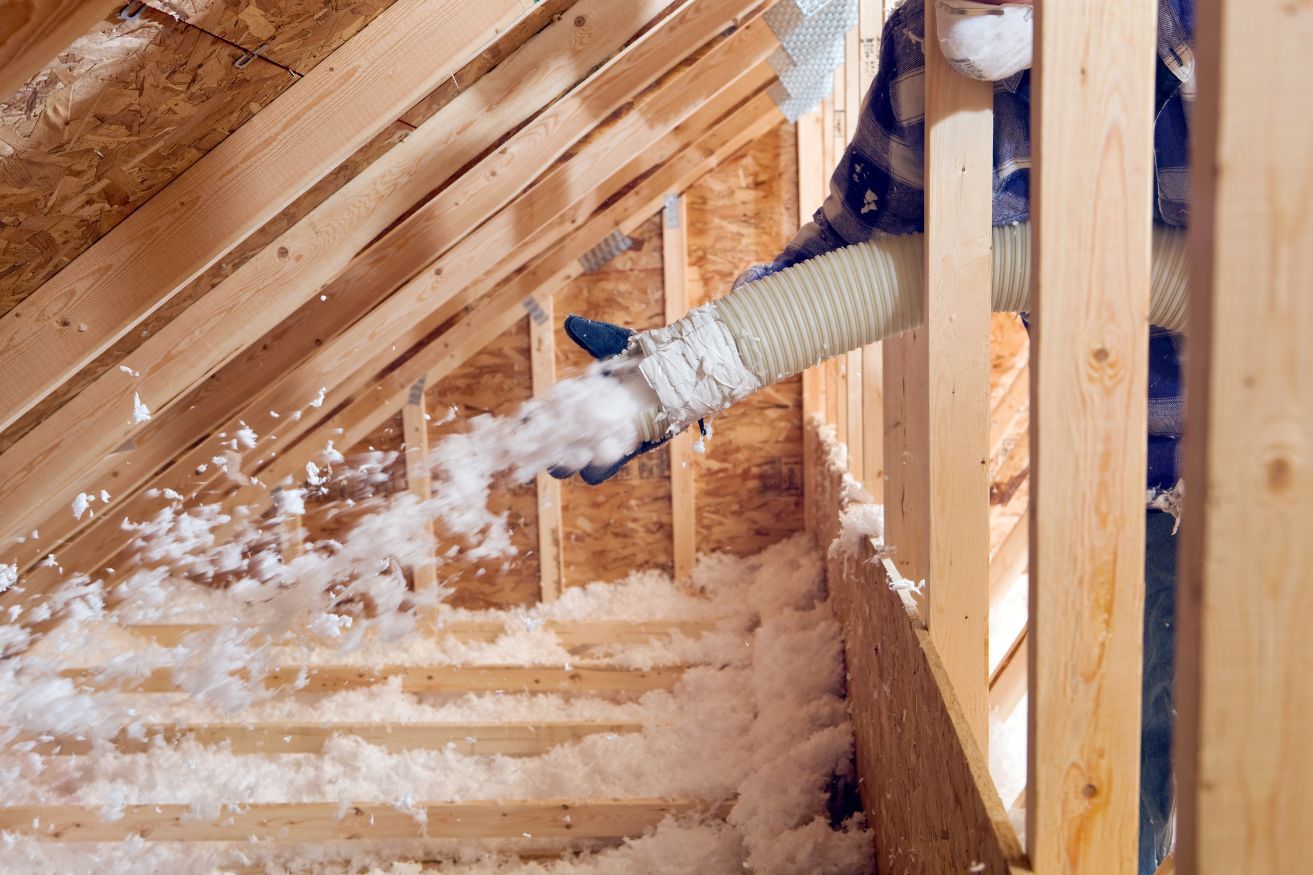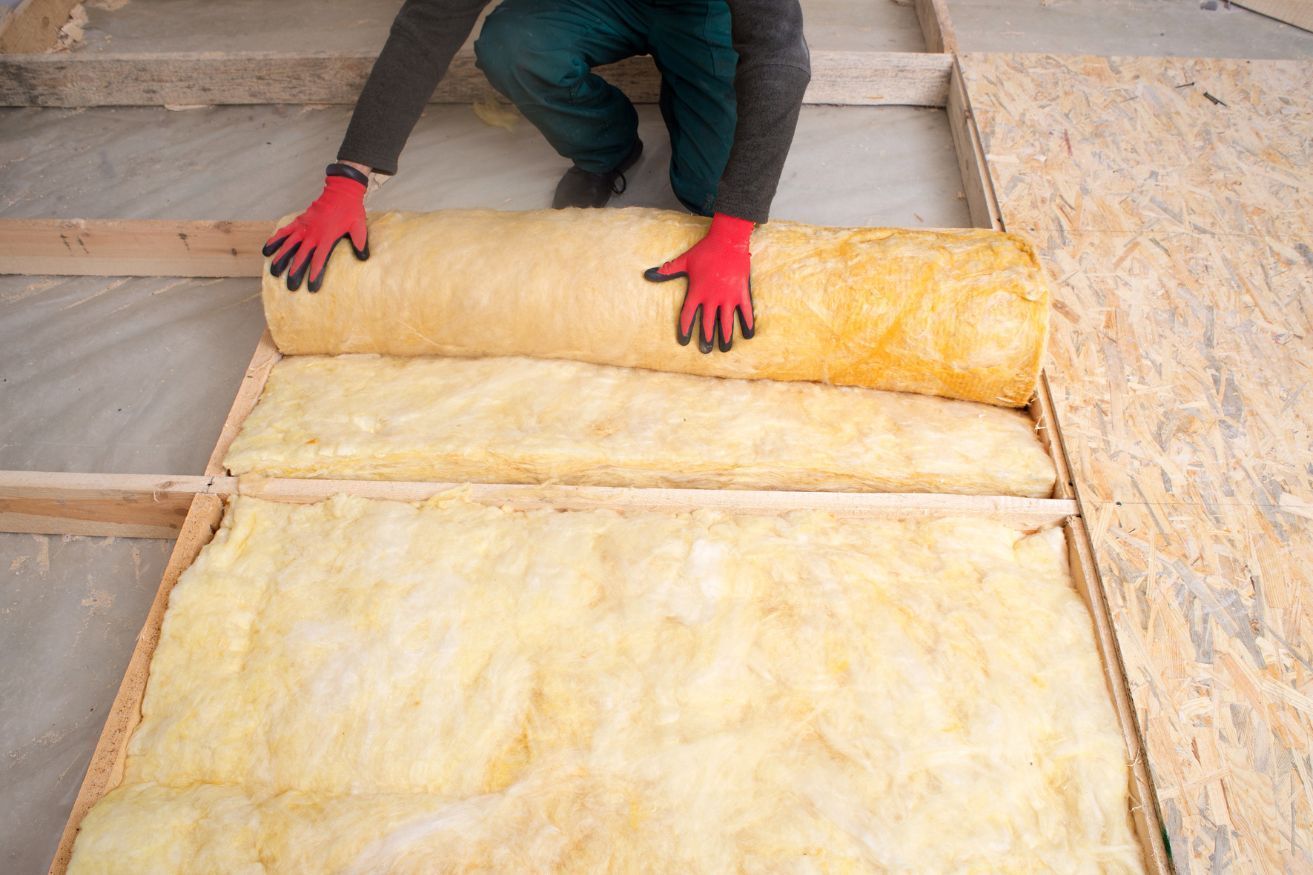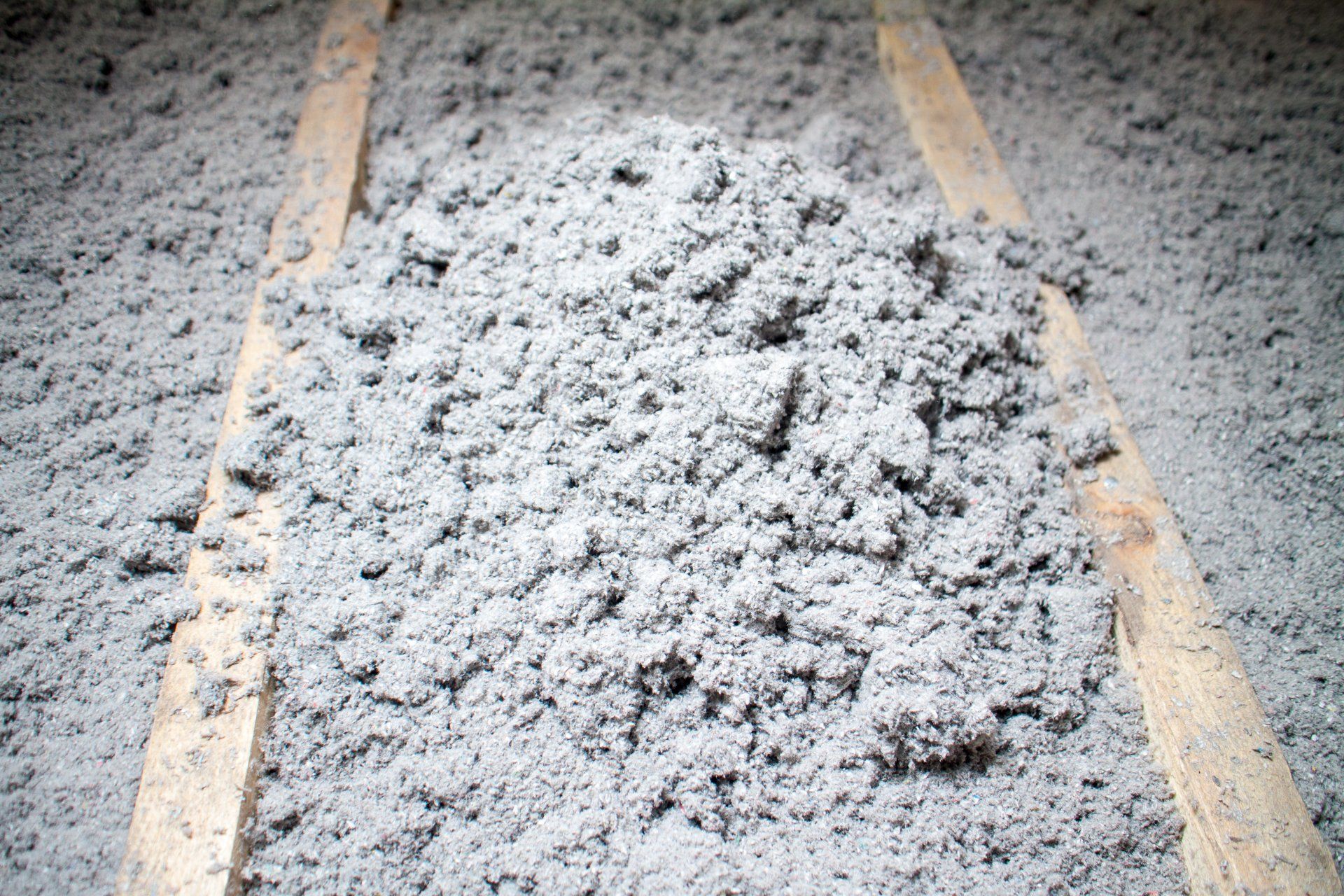Understanding Mold Growth on Insulation Materials
Mold is a type of fungus that thrives in damp environments and reproduces by releasing spores into the air. These spores can lead to respiratory problems and other health issues when inhaled, especially in individuals with allergies or weakened immune systems. Mold growth on insulation is particularly concerning because it can compromise the material's effectiveness, leading to reduced energy efficiency and costly repairs.
In addition to its health implications, mold can also damage the structural integrity of buildings. When mold grows unchecked, it can lead to the deterioration of building materials, which may result in expensive renovations and repairs. Therefore, understanding mold's nature and its impact on insulation is essential for maintaining a safe and efficient home or workplace.
Why Mold Loves Insulation
Insulation materials, especially those situated in damp or poorly ventilated areas, can become prime breeding grounds for mold. Conditions like high humidity, condensation, and water leaks create an ideal environment for mold to thrive. Insulation in basements, attics, and crawl spaces is particularly susceptible due to the frequent presence of these conditions.
Furthermore, some types of insulation can trap moisture, exacerbating the problem. When insulation materials absorb moisture, they not only lose their insulating properties but also provide the damp environment mold needs to grow. This makes regular inspections and maintenance crucial in areas where insulation is exposed to potential moisture.
Can Mold Grow on Insulation?
The short answer is yes, mold can grow on insulation. However, the likelihood and severity depend on the type of insulation and the conditions it is exposed to. Mold growth isn't always immediately visible, making it important to understand the different ways mold can manifest on various insulation types.
Types of Insulation and Mold Growth
- Fiberglass Insulation: Fiberglass itself is not organic, so it doesn't support mold growth. However, the paper backing often used can become moldy if it gets wet. In early stages, black mold on fiberglass insulation might look like small, dark spots. It's crucial to address any moisture issues promptly to prevent mold from spreading. Keywords: early stage black mold on fiberglass insulation, black mold on insulation paper.
- Foam Board Insulation: This type of insulation is less prone to mold because it doesn't absorb moisture. However, if the surface is dirty or dusty, mold can still grow on those particles. Regular cleaning and maintenance can help prevent mold growth on foam board insulation. Keywords: will mold grow on insulation, does insulation mold.
- Cellulose Insulation: Made from recycled paper, cellulose insulation is more susceptible to mold if it gets damp. This type of insulation needs to be treated with mold inhibitors to minimize the risk. It's important to ensure that cellulose insulation is installed in areas with adequate moisture control. Keywords: mold on insulation paper, can insulation get mold.
Dirt vs. Mold on Insulation
Sometimes, what appears to be mold might just be dirt. Mold usually has a fuzzy texture and can appear in colors like black, green, or white, often accompanied by a musty smell. Dirt, on the other hand, will appear more uniform and lack the fuzzy appearance. Understanding these differences can help you accurately identify mold problems and address them effectively.
Recognizing Mold on Insulation
Knowing what mold looks like on insulation can help you catch it early, preventing further damage and health risks. Mold may appear as dark, fuzzy patches or spots on the surface of the insulation, and it might be accompanied by a musty odor that can permeate the surrounding area. Early detection is key to preventing mold from spreading and causing more significant issues.
Is Black Mold on Insulation Dangerous?
Black mold, or Stachybotrys chartarum, is particularly hazardous to health. It can cause symptoms such as coughing, sneezing, and in severe cases, respiratory issues. Prolonged exposure to black mold can exacerbate these health problems, making it essential to address any suspected mold growth promptly. If you suspect black mold on insulation, it's best to consult a professional for mold remediation to ensure safe and effective removal.
Preventing Mold Growth on Insulation
Preventing mold is always easier and cheaper than dealing with it after it occurs. Here are some strategies to keep mold at bay:
Control Moisture
- Fix Leaks: Ensure there are no water leaks from the roof, pipes, or other sources. Addressing leaks promptly can prevent moisture from reaching insulation materials.
- Improve Ventilation: Use fans and vents to reduce humidity levels, especially in attics and basements where air circulation may be limited.
- Use Dehumidifiers: In areas prone to dampness, dehumidifiers can keep moisture levels down, creating an environment less conducive to mold growth.
Choose the Right Insulation
Some insulation materials are more resistant to mold than others. Foam board and fiberglass without paper backing are good choices in areas prone to moisture. Selecting the appropriate insulation type for your specific environment can significantly reduce the risk of mold growth.
Regular Inspections
Regularly checking your insulation for signs of moisture or mold can help you catch problems before they escalate. Inspections should be more frequent in areas with known moisture issues or previous mold problems. Early detection can save time and money in the long run.
Mold Remediation and Cleaning
If you find mold on your insulation, you may need professional help. Mold remediation involves several critical steps to ensure effective removal and prevention of recurrence:
- Assessment: Identifying the source and extent of the mold. A thorough inspection can help determine the best course of action.
- Containment: Preventing the spread of mold spores. This step is crucial to protect unaffected areas of the home.
- Removal: Safely removing mold-infested materials. Professional removal ensures that mold is effectively eliminated without spreading spores.
- Cleaning: Using special cleaners to eliminate mold spores. This step helps prevent future mold growth by removing residual spores.
- Restoration: Replacing damaged insulation with new, clean material. Restoring the affected area ensures that your insulation system returns to its optimal efficiency.
DIY Mold Cleanup
For small areas, you might tackle mold on your own. Wear protective gear, use mold-killing products, and ensure the area is well-ventilated to prevent inhalation of mold spores. However, for extensive mold problems, professional intervention is advisable to ensure safe and comprehensive remediation.
Conclusion
Understanding whether insulation can mold, and what to do if it does, is essential for maintaining a healthy building environment. By choosing the right insulation materials, controlling moisture, and addressing any signs of mold promptly, you can protect your property and ensure a healthier space for everyone involved. Stay vigilant, and don't hesitate to seek expert advice if needed. With the right knowledge and proactive measures, you can keep mold at bay and maintain the efficiency and safety of your insulation. Regular maintenance and timely intervention are key to preventing mold-related issues and ensuring the longevity of your insulation system.
